Art has always been a dynamic and transformative field, reflecting the evolution of culture, thought, and technology. As such, the education systems that foster future artists must also evolve. In recent years, we’ve seen a paradigm shift in how art education is approached, with innovative methodologies reshaping the traditional learning landscape. This article delves into these revolutionary approaches, offering valuable insights for students embarking on their artistic journey, whether in college, university, or specialized art schools.
The need for change in art education has become increasingly evident as the digital era progresses. Traditional methods, while foundational, often fail to fully engage the modern student, leading to a gap between potential talent and its realization. Recognizing this, educators have begun to implement novel teaching strategies aimed at fostering not just skill, but also creativity, critical thinking, and a deeper appreciation for the arts.
One innovative concept gaining traction is the personalized learning experience. Art students, burdened with assignments and homework, frequently seek mba essay writing service to manage their workload. This reflects a broader issue within education, where the one-size-fits-all approach leaves many students feeling disconnected from their learning. By tailoring education to fit individual needs, students become more engaged, seeing direct relevance in their studies to their personal artistic goals.
Integrating Technology in Art Education
Digital Platforms and Tools
The use of digital tools in art education has opened up new horizons for learning and creation. From digital painting and sculpting software to augmented reality (AR) and virtual reality (VR) applications, students can explore mediums and techniques that were unimaginable a generation ago. This not only prepares them for the modern digital art world but also expands their creative possibilities.
Online Learning and Resources
Online platforms have democratized access to art education, allowing students from all over the world to study with renowned artists and institutions without the need for physical relocation. Furthermore, the plethora of online resources, tutorials, and communities support self-paced learning and peer feedback, essential components of artistic growth.
Experiential Learning and Collaboration
Project-Based Learning
Moving beyond theoretical knowledge, project-based learning encourages students to apply what they’ve learned in practical, often collaborative projects. This approach mirrors the real-world process of creating art, involving research, conceptualization, execution, and critique. Such projects not only enhance learning but also prepare students for the collaborative nature of the professional art world.
Interdisciplinary Approaches
Art no longer exists in a vacuum but intersects with various fields such as science, technology, and social sciences. Integrating these disciplines into art education fosters a broader understanding and appreciation of the world, encouraging students to draw inspiration from beyond the traditional boundaries of art.
Personal Development and Professional Preparation
Critical Thinking and Creative Problem-Solving
In emphasizing the development of critical thinking and creative problem-solving skills, art education equips students with the ability to navigate the complexities of both the art world and broader societal challenges. This holistic approach prepares students not just as artists, but as innovative thinkers and leaders.
Career and Business Skills
Understanding the business side of art is crucial for aspiring professionals. Many programs now include coursework on marketing, branding, and financial management, alongside traditional art studies. This prepares students for the realities of a career in art, from managing commissions to exhibiting and selling their work.
In conclusion, the revolutionary approaches in art education are shaping a new generation of artists who are not only technically skilled but also creatively innovative, critically engaged, and prepared for the complexities of the modern world. As the landscape of art education continues to evolve, students seeking the best nursing assignment help websites may find themselves exploring these innovative educational paradigms, adapting to new ways of learning and creating that align with the demands of the 21st century.















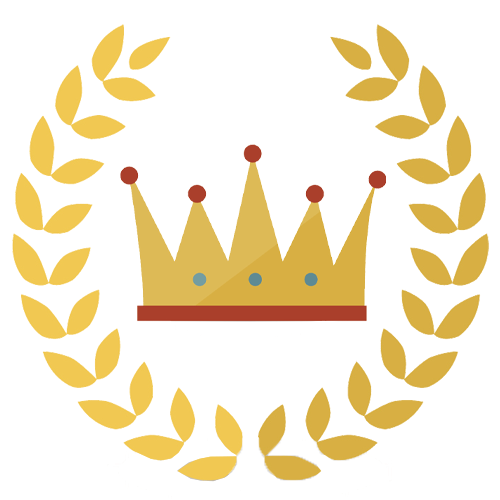
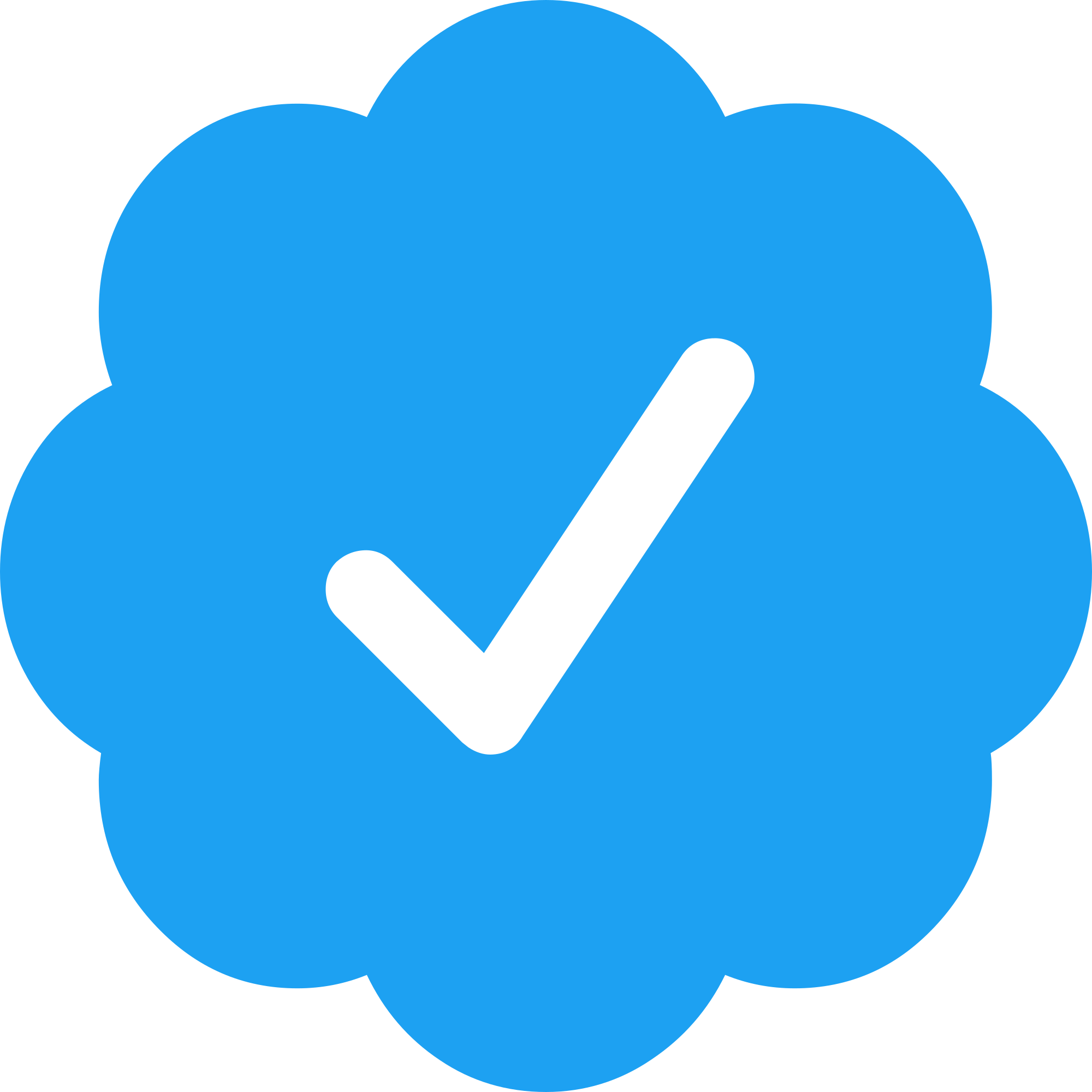


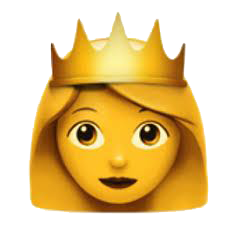

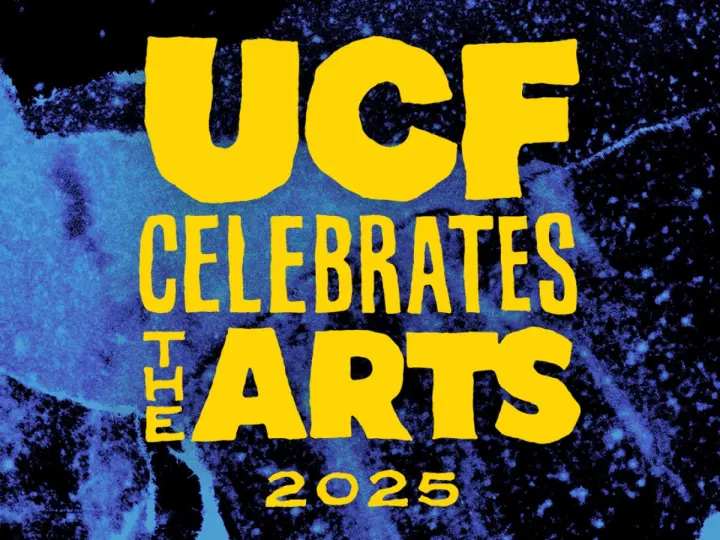

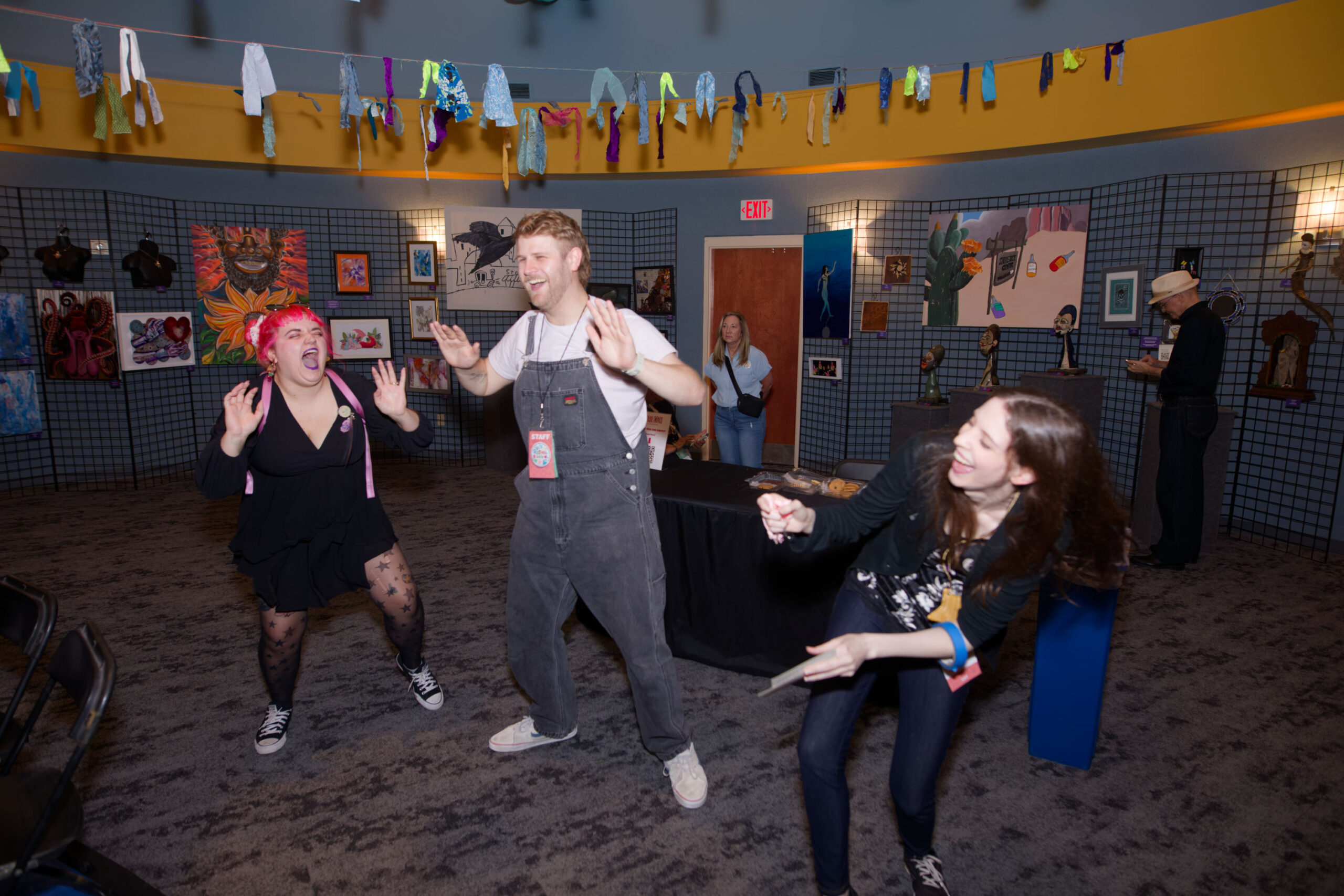
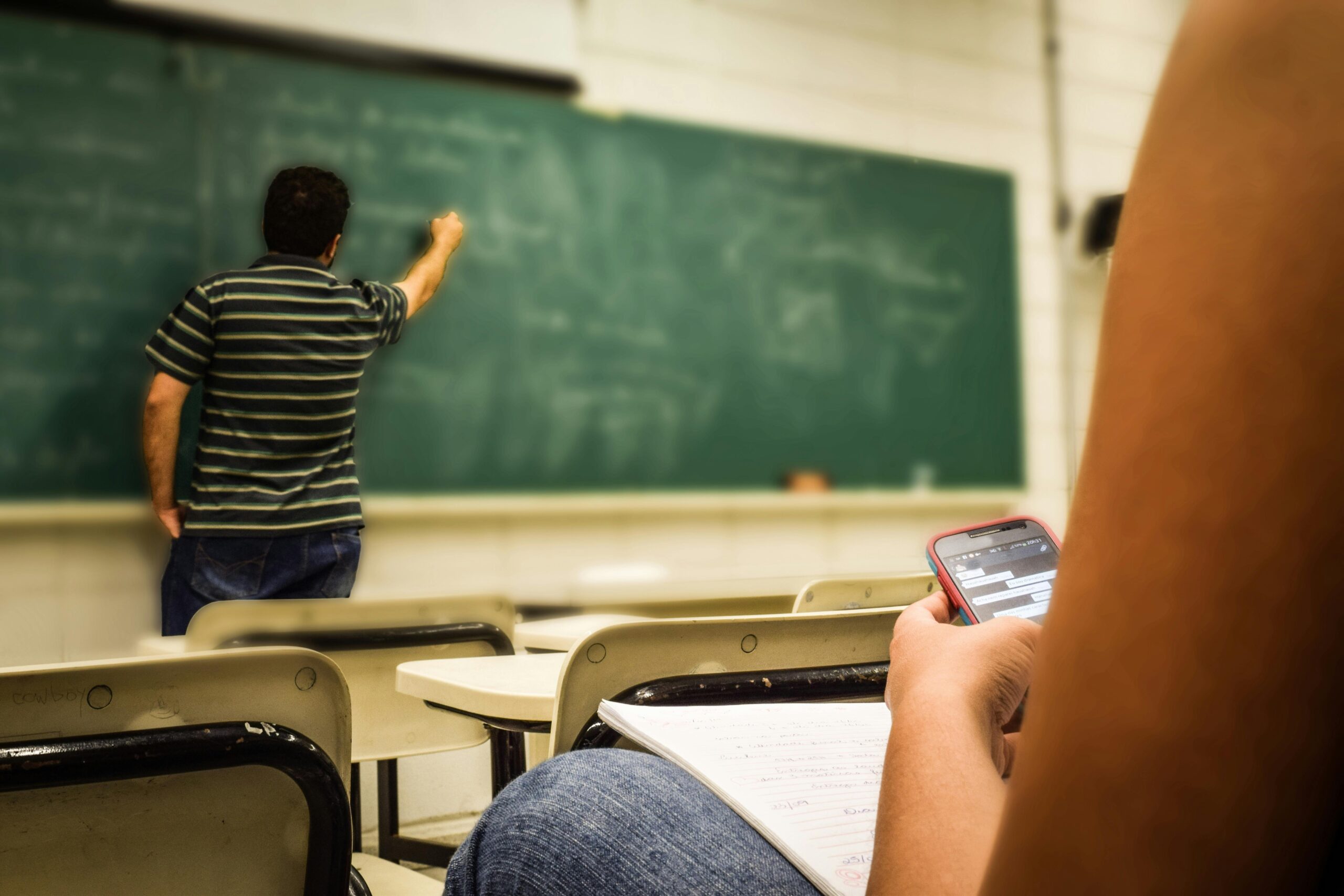
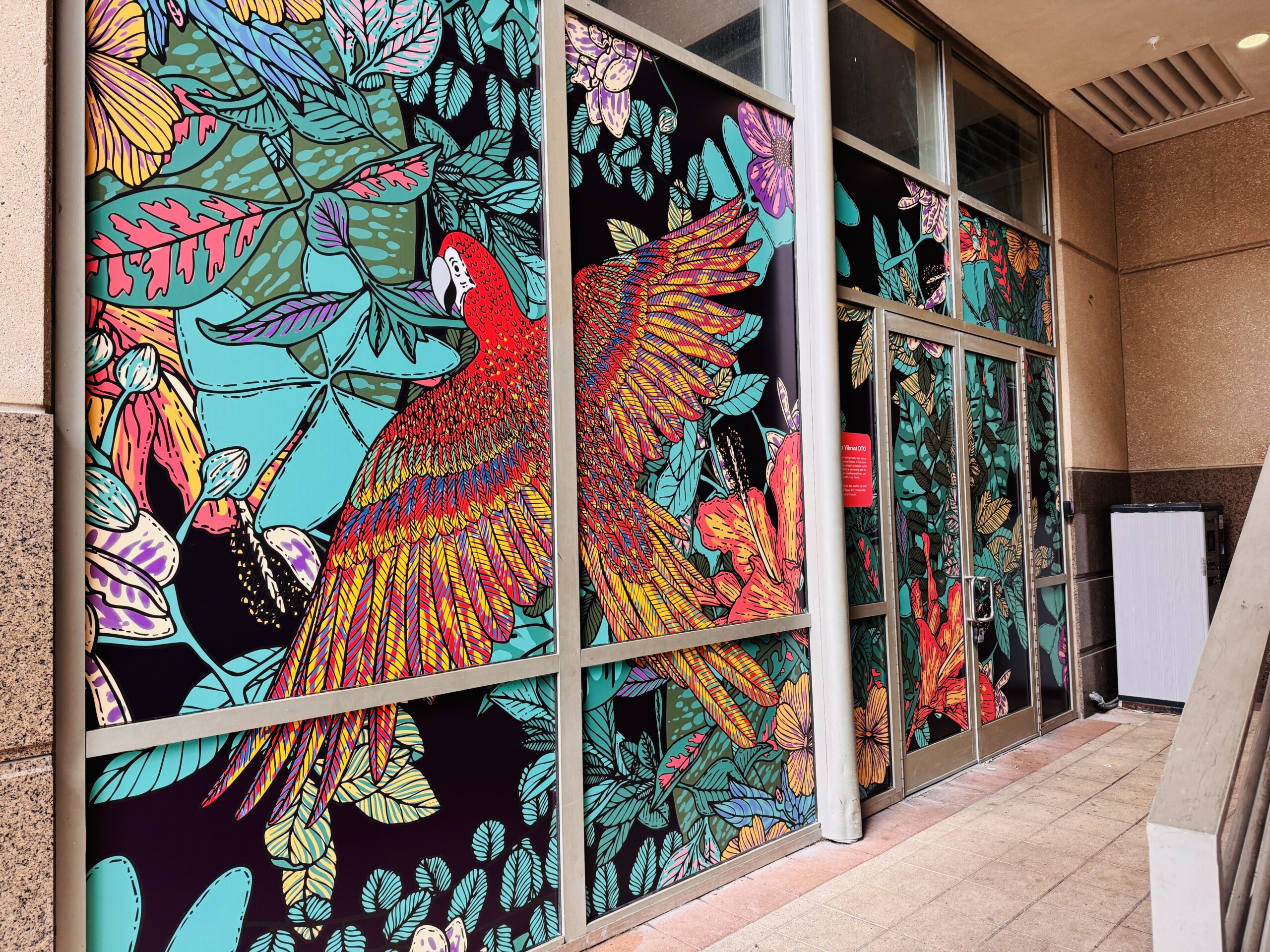
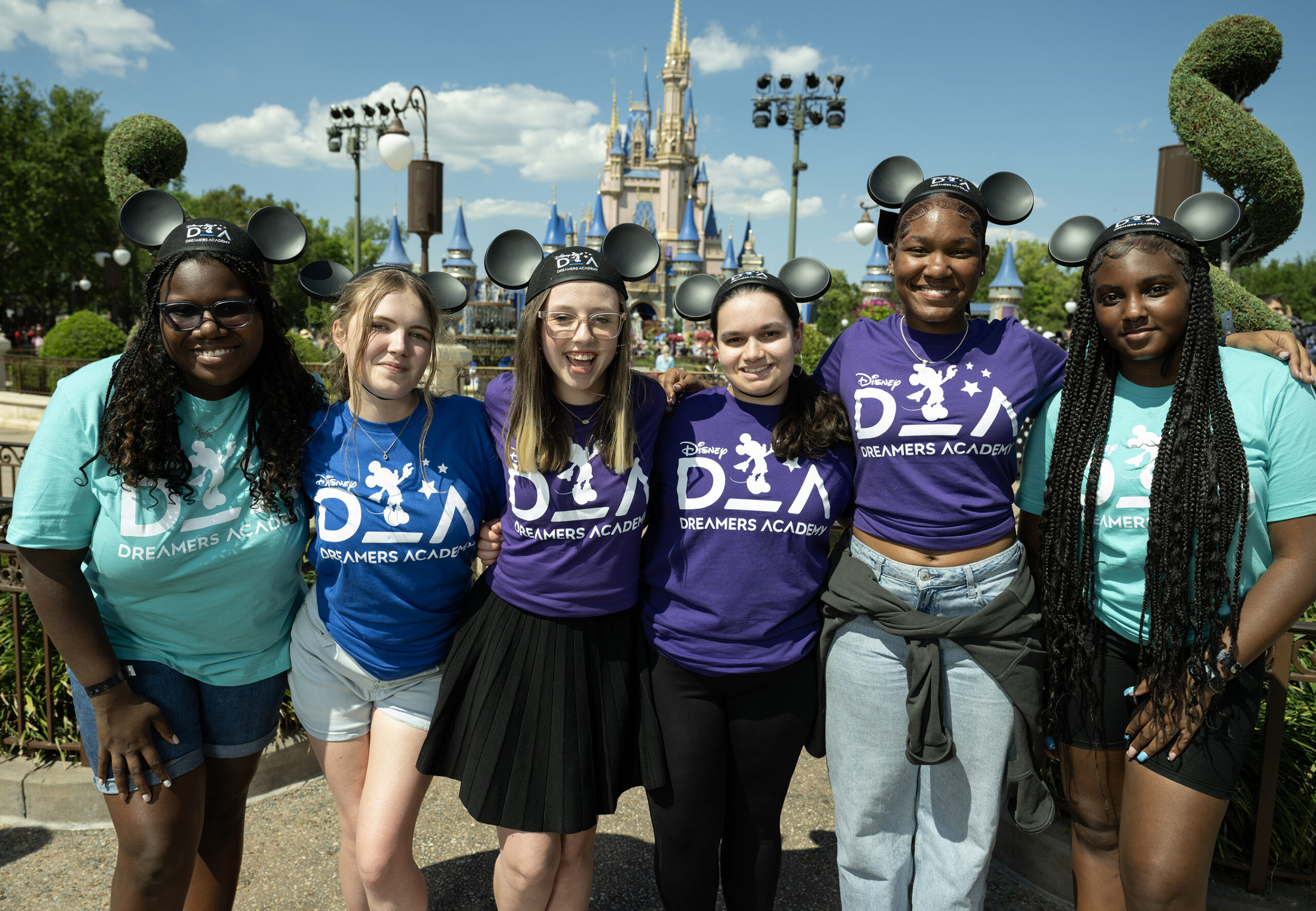
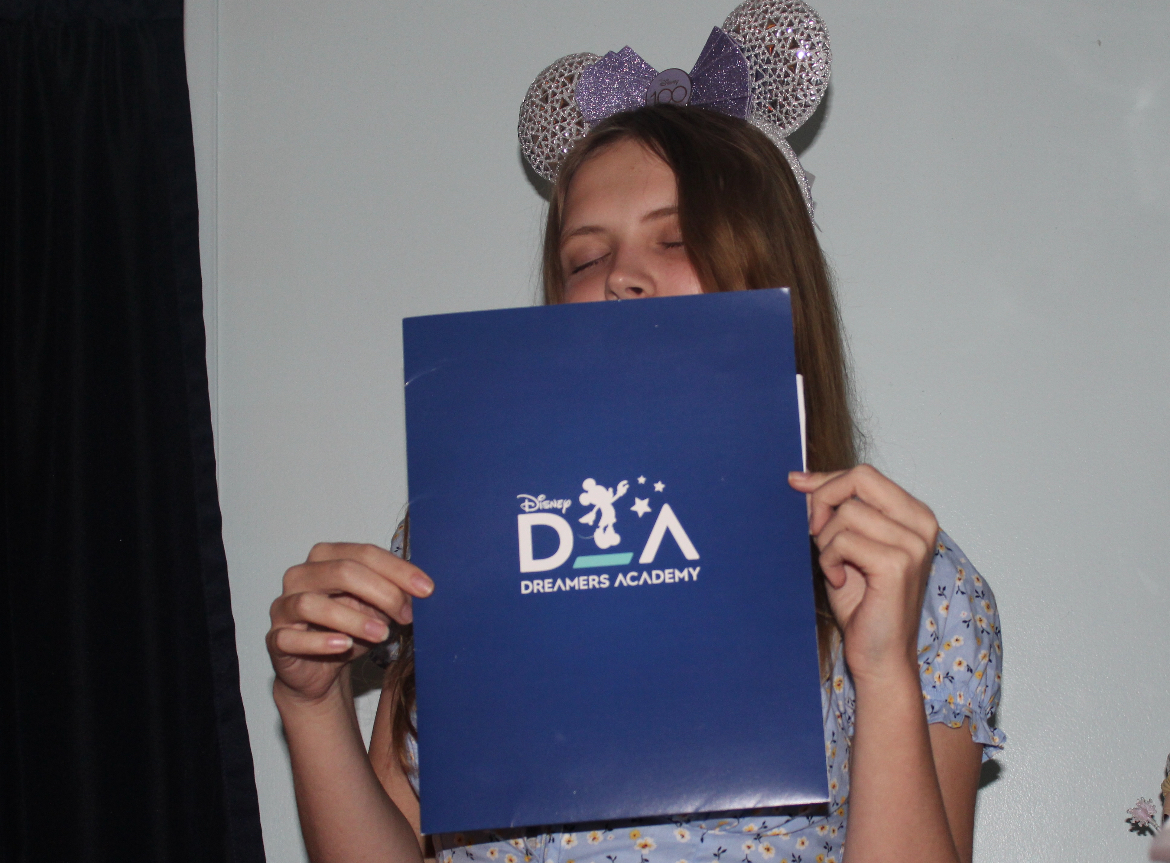

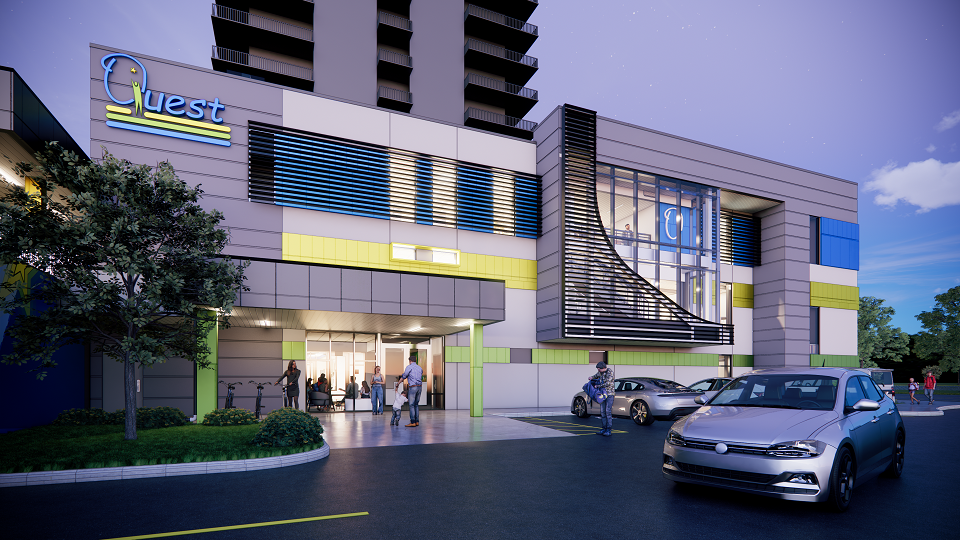
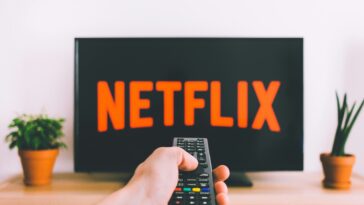


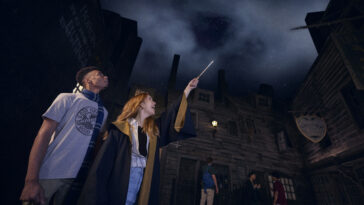


Comments